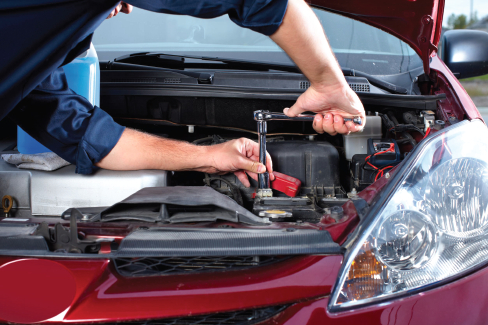

| Topic: Automobile Air-Conditioning Refrigerants: Danger of Flammable Compounds | |
| Date Issued: February 1, 2003 | Date Revised: |
Mixtures of flammable compounds are sometimes used as replacement refrigerants in automobile air-conditioning systems. They include hydrocarbons such as propane, butane and ethane and are sold by brand names such as HC-12a, OZ-12, ES112R/ES12R, Calor Gas CARE 30 (and possibly other names). Under certain conditions, these compounds can cause fire and explosions. Their use is not prohibited.
WorkSafeNB stresses the importance of carefully following all instructions on the refrigerant replacement warning tag during repairs to the vehicle’s air-conditioning system. This advice is provided to help eliminate any potential fire or explosion.
Fires and explosions are also possible if the refrigerant is put through a recycler not intended for flammable refrigerants. Explosive gas mixtures can be drawn into the electric motors where sparks can trigger an explosion.

Any person who repairs automobile air-conditioners should:
WorkSafeNB recommends that automotive shops working on air-conditioning systems have a gas analyzer. The analyzer will detect hydrocarbons and allow for proper precautions to be taken.